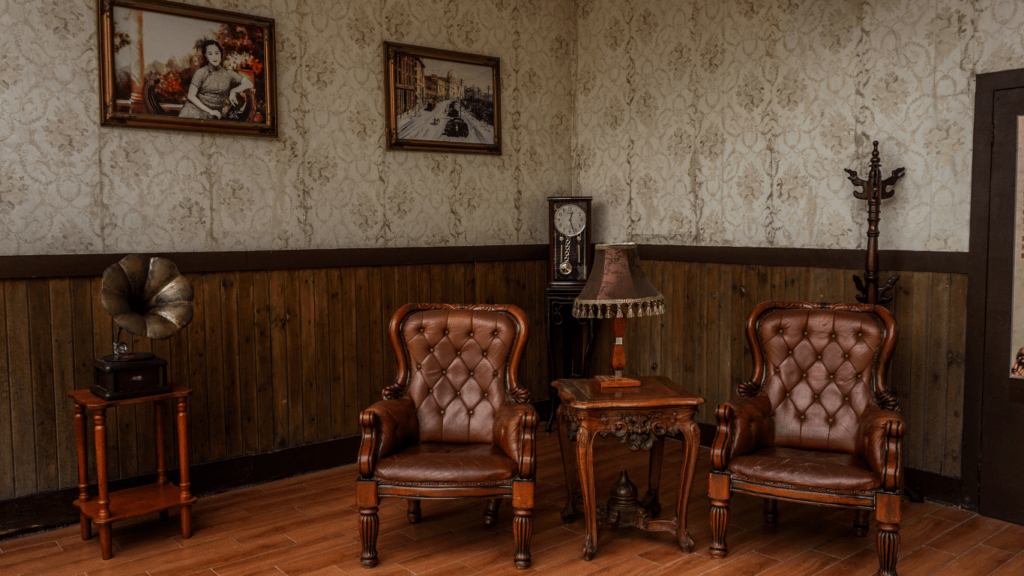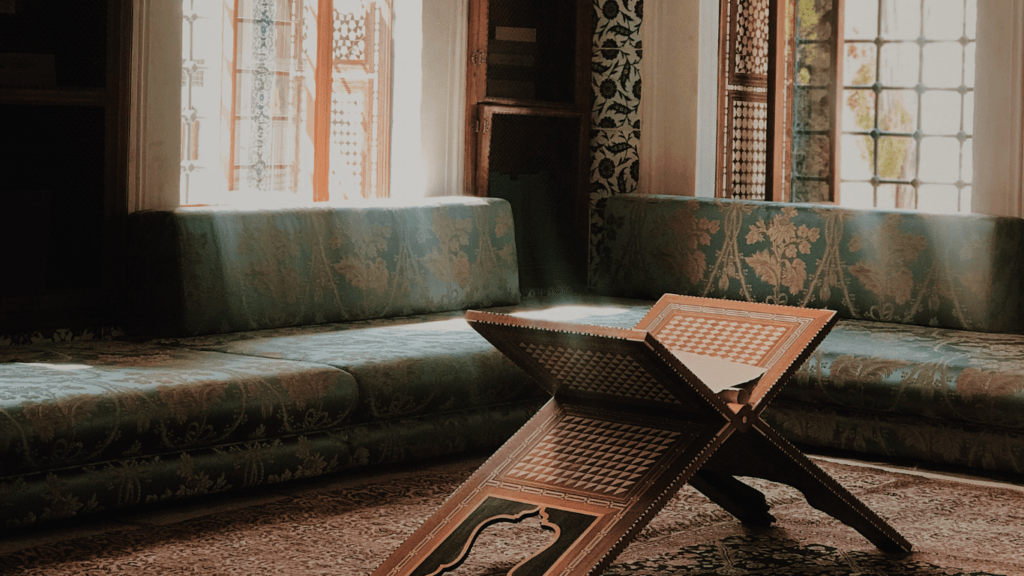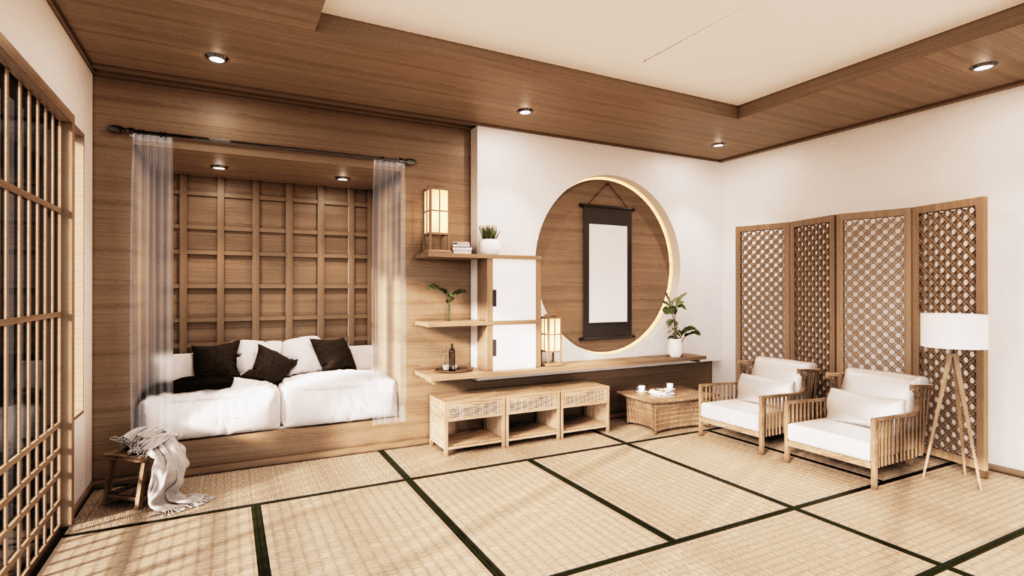The Timeless Appeal Of Retro Interior Design
Retro interior design captures the essence of past decades, evoking a sense of nostalgia and comfort. This style often features bold color schemes, geometric patterns, and eclectic decor. Iconic furniture pieces, such as Eames chairs and modular sofas, add character and charm to any space.
Incorporating retro elements can transform modern interiors. Vintage lighting, for instance, creates a cozy ambiance. Statement wallpaper with retro patterns adds visual interest and depth to walls. Using these elements strategically enhances the overall aesthetic without overwhelming the space.
Materials used in retro design also play a crucial role. Think of wood, metal, and glass. These materials, when combined thoughtfully, create a warm and inviting atmosphere. Original accents, like rotary phones and vinyl record players, serve not only as decor but also as conversation starters.
Retro design’s versatility makes it perfect for various spaces. Living rooms benefit from vintage-inspired seating arrangements, while kitchens come alive with colorful appliances and checkerboard floors. Bedrooms can feature retro bedding and mid-century dressers for a complete look.
The enduring charm of retro interior design lies in its ability to blend the old with the new. Integrating vintage pieces into contemporary settings allows for unique, personalized spaces that reflect individual tastes. This style isn’t just a nod to the past; it’s a bridge to creating timeless interiors that resonate with everyone.
Key Retro Trends Making A Comeback
Retro interior design trends are resurging, bringing a blend of nostalgia and modern sophistication to contemporary homes.
- Mid-Century Modern
Mid-century modern design focuses on clean lines and functional forms. Iconic pieces often feature organic shapes and minimal ornamentation. Furniture items such as the Eames Lounge Chair and the Noguchi Coffee Table exemplify this style. Materials like teak, walnut, and molded plastic dominate the landscape, with a color palette of earthy tones like mustard yellow, olive green, and burnt orange.
- Art Deco
Art Deco design captivates with its luxurious and opulent aesthetics. Characterized by bold geometric patterns and lavish materials like chrome, glass, and lacquer, this style flourished in the 1920s and 1930s. Key elements include zigzag and chevron patterns, mirrored furniture, and statement lighting fixtures like chandeliers. Rich jewel tones, such as emerald green and sapphire blue, enhance the grandeur of Art Deco interiors.
- 1970s Bohemian
1970s Bohemian design celebrates freedom and individuality through eclectic and layered decor. This trend blends various cultural influences, featuring vibrant colors, macramé wall hangings, rattan furniture, and lush indoor plants. Earthy hues like terracotta, mustard, and deep browns dominate the palette. Vintage record players, woven rugs, and beaded curtains add a touch of nostalgia and charm to Bohemian-inspired spaces.
Elements Of Vintage Revival

Vintage revival seamlessly blends nostalgic charm with contemporary flair. Here are the core elements that bring retro interior design to life.
Furniture Choices
Furniture in vintage revival often features iconic designs, such as the Eames Lounge Chair and the Tulip Table. These pieces showcase clean lines and functional forms. Mid-century modern furniture, characterized by its simple and sleek design, plays a significant role. Examples include low-profile sofas, tapered legs, and walnut finishes. Emphasizing originality, vintage markets and thrift stores offer unique finds that add authenticity.
Color Palettes
Retro color palettes evoke nostalgia through bold and vibrant hues. Popular combinations include:
- mustard yellow
- avocado green
- burnt orange
reflecting 70s inspiration. Soft pastels like mint green and blush pink pay homage to the 50s. Monochromatic schemes with contrasting accents, such as black and white with pops of red, capture the essence of the Art Deco era. These palettes create a distinctive and recognizable vintage aesthetic.
Textiles And Patterns
Textiles and patterns are crucial in vintage revival, often featuring bold geometric prints, floral motifs, and eclectic mix-and-match designs. Mid-century modern fabrics highlight atomic designs and starbursts. Bohemian styles showcase rich tapestries, macramé, and layered textiles. Incorporating vintage rugs, throw pillows, and curtains can transform a space, adding warmth and texture.
Incorporating Retro Design Into Modern Homes
Retro design brings a unique charm to modern homes, creating a blend of nostalgia and contemporary style. This section delves into two main aspects of achieving that balance.
Balancing Vintage And Modern
To balance vintage and modern, I suggest using retro pieces as focal points. Situate items like a mid-century modern coffee table or a 70s-inspired sideboard in a contemporary setting. Modern elements should complement these vintage pieces without overpowering them. For instance, pair a clean-lined modern sofa with retro throw pillows in bold geometric patterns. Consider minimalist light fixtures in spaces with statement wallpaper that channels the 60s. This method maintains cohesion without sacrificing style. Ultimately, the aim is to achieve harmony between the old and new.
Finding Authentic Pieces
Authenticity is key in retro design. I like scouring flea markets, estate sales, and online vintage shops for genuine items. Seek out reputable sellers with positive reviews to avoid counterfeits. Iconic pieces like a Bauhaus chair or a 50s diner table imbue spaces with genuine nostalgic charm. Condition and provenance of items matter. I recommend examining items closely for wear and tear before purchasing. Also, utilizing local classifieds and antique stores can sometimes uncover hidden gems. Bringing these authentic pieces into modern homes creates a personalized and historically rich environment.
Case Studies: Successful Retro Interior Designs
Mid-Century Modern Apartment in Manhattan
I recently came across a stunning example of mid-century modern design in a Manhattan apartment. The owners, inspired by the aesthetics of the 1950s and 60s, carefully selected iconic furniture pieces such as the Eames Lounge Chair and the Tulip Table. They used a color palette featuring mustard yellow, teal, and gray, lending the space an authentic retro vibe. Geometric patterns adorned the throw pillows and rugs, creating visual interest without overwhelming the room. This apartment successfully blends retro elements with urban living, proving the timeless appeal of mid-century modern design.
Art Deco Renovation in Miami Beach
An Art Deco townhouse in Miami Beach caught my eye with its luxurious renovation. Bold geometric patterns and rich materials like brass and velvet were prominent throughout the home. The owners preserved original 1930s features, including the intricate tilework and curved staircase, while introducing modern amenities. They used statement pieces like a sunburst mirror and a glass chandelier to evoke the glamour of the Art Deco era. The combination of vintage and contemporary elements created a sophisticated, cohesive interior that pays homage to the past while embracing today’s comforts.
1970s Bohemian Loft in Los Angeles
In Los Angeles, I found a loft that perfectly encapsulates the 1970s Bohemian style. The space celebrates individuality through eclectic decor, vibrant colors, and a mix of textures. Macramé wall hangings, kilim rugs, and rattan furniture added warmth and character. Potted plants and hanging greenery brought an organic touch, enhancing the boho ambiance. The integration of retro lighting and vintage artwork made the loft feel lived-in and personalized. This design showcases how the carefree spirit of the 1970s can be effortlessly adapted to modern urban living.
Industrial Retro Kitchen in Chicago
A retro-inspired kitchen in Chicago exemplifies the charm of blending styles. The owners incorporated mid-century modern cabinetry and appliances with an industrial edge, using materials like distressed wood and stainless steel. Bold, colorful tiles serve as a backsplash, adding a playful element. Vintage pendant lights hang above a sleek island, combining function and retro aesthetics. This kitchen demonstrates the versatility of retro design, creating a space that’s both practical and visually appealing.
Scandinavian-Retro Fusion in Copenhagen
In Copenhagen, a design studio achieved a seamless fusion of Scandinavian simplicity and retro flair. Clean lines and minimalistic furniture typical of Scandinavian design were paired with colorful textiles and vintage accessories. The living room featured a 1960s-inspired sofa in a bright turquoise fabric, complemented by wooden coffee tables and retro lighting fixtures. The balance of sleek functionality and nostalgic touches made this interior both stylish and cozy, showcasing the adaptability of retro elements within different design philosophies.



 Wesleyero McGill – Founder & CEO
Wesleyero McGill is the visionary behind Castle Shelf House, bringing over a decade of experience in home renovation and design. His passion for creating beautiful, functional spaces has led him to establish this platform, where he shares the latest trends in interior and exterior design. As Founder and CEO, Wesleyero is dedicated to offering expert advice on furniture placement, home styling, and renovation, helping homeowners transform their spaces with ease and confidence.
Wesleyero McGill – Founder & CEO
Wesleyero McGill is the visionary behind Castle Shelf House, bringing over a decade of experience in home renovation and design. His passion for creating beautiful, functional spaces has led him to establish this platform, where he shares the latest trends in interior and exterior design. As Founder and CEO, Wesleyero is dedicated to offering expert advice on furniture placement, home styling, and renovation, helping homeowners transform their spaces with ease and confidence.
